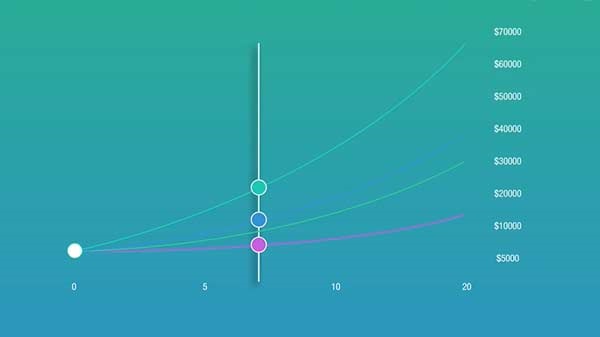iServer supports the alignment of infrastructure architecture with the business strategy by capturing, managing and optimizing infrastructure portfolios, as well as relating them back to the business services and capabilities they support.
Infrastructure architecture is the practice of modeling the basic technology elements which are common across an organization and the relationships between them with the purpose of ensuring they support business objectives. It covers the client and server nodes of the hardware configuration, the infrastructure applications running on them, the services they offer to applications, as well as the protocols and networks that connect applications and nodes.
In practice, the job of infrastructure architects is to clarify what functionality is required, by whom, and at what quality level. If successful, they facilitate informed decision making in the process of designing, constructing and running an organization’s infrastructure by enabling the use of the right models quickly, which leads to better results.
iServer offers end to end support for the development and management of an infrastructure architecture. The central repository facilitates alignment to industry standards by providing templates based on their Technical Reference Models and information such as BDNA’s Technopedia. It also nurtures a culture of full visibility th anks to its ability to define, govern, maintain and audit documentation infrastructure standards, processes and policies.
Furthermore, iServer’s Application Portfolio Management features guarantee access to user-relevant information, because infrastructure architects can determine what services and technology support are required from each business unit. It’s able to match technology solutions to business requirements and evaluate scoring criteria based on business versus technology fit, business dependence versus potential contribution, or reduce total cost of ownership.
Lastly, iServer aids with the all-important task of communicating information to different stakeholders. Its communication modules – Live Documents, Portal and HTML Publisher – can be used to rapidly and easily share architecture repository information with relevant audiences.
Some examples of the types of deliverables iServer can help you generate in order to support your infrastructure architecture practice include:
- TOGAF diagrams and views, which ensures you build your architecture in accordance with industry best practice
- Technology roadmaps, which allow users to match short and long-term goals with specific technology solutions in order to meet those goals.
- And technology reference models, to help you clarify the standards, specifications, as well as technologies that support and enable the delivery of services.
Infrastructure architecture is just one of the many architecture domains supported by iServer. To see how iServer can support your own activities, please book a free demo with a consultant today.
Enterprise Architecture Video